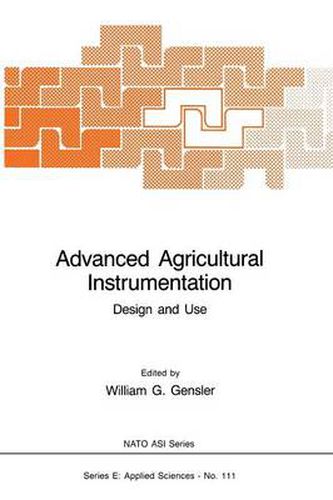Readings Newsletter
Become a Readings Member to make your shopping experience even easier.
Sign in or sign up for free!
You’re not far away from qualifying for FREE standard shipping within Australia
You’ve qualified for FREE standard shipping within Australia
The cart is loading…






This title is printed to order. This book may have been self-published. If so, we cannot guarantee the quality of the content. In the main most books will have gone through the editing process however some may not. We therefore suggest that you be aware of this before ordering this book. If in doubt check either the author or publisher’s details as we are unable to accept any returns unless they are faulty. Please contact us if you have any questions.
The photosynthetic process of higher plants converts carbon dioxide, water, and, light quanta into reduced sugars. The enzymes which catalyze this conversion are contained within the chloroplasts and can be thought of as split into two distinct groups. In one group are the enzymes of the IIlightll reactions, which harvest the light, oxidize water and generate two energy-rich intermediates, ATP and NADPH. These two intermediates plus carbon dioxide are the substrates for the second group, the IIdarkll reactions or Cal vi n cycle, which produce the reduced sugars. The chloroplast is completely bounded by an outer membrane. There is a separate, highly convoluted membrane system, the thyla koid system, enclosed within the chloroplast. The enzymes of the light reactions are physically associated with the thylakoid mem branes, while the Calvin cycle enzymes are free-floating within the stroma, or soluble part of the chloroplast (Fig. 1). GRANA MEMBRANES ARE REG I ONS WHERE THE MEMBRANES ARE APPRESSED ON EACH OTHER MEMBRANES WH ICH ARE UNAPPRESSED THT1.AKO ID t1EHBRANE ARE STROMA MEMBRANES ( ) (VES I OJLAR) (c _______ Figure 1. Schematic representation of the photosynthetic process in plant chloroplasts. PC and PCred are the oxidized and reduced ox forms of plastocyanin. PQ and PQH2 are plastoquinone and plasto quinol. For explanation, see text.
$9.00 standard shipping within Australia
FREE standard shipping within Australia for orders over $100.00
Express & International shipping calculated at checkout
This title is printed to order. This book may have been self-published. If so, we cannot guarantee the quality of the content. In the main most books will have gone through the editing process however some may not. We therefore suggest that you be aware of this before ordering this book. If in doubt check either the author or publisher’s details as we are unable to accept any returns unless they are faulty. Please contact us if you have any questions.
The photosynthetic process of higher plants converts carbon dioxide, water, and, light quanta into reduced sugars. The enzymes which catalyze this conversion are contained within the chloroplasts and can be thought of as split into two distinct groups. In one group are the enzymes of the IIlightll reactions, which harvest the light, oxidize water and generate two energy-rich intermediates, ATP and NADPH. These two intermediates plus carbon dioxide are the substrates for the second group, the IIdarkll reactions or Cal vi n cycle, which produce the reduced sugars. The chloroplast is completely bounded by an outer membrane. There is a separate, highly convoluted membrane system, the thyla koid system, enclosed within the chloroplast. The enzymes of the light reactions are physically associated with the thylakoid mem branes, while the Calvin cycle enzymes are free-floating within the stroma, or soluble part of the chloroplast (Fig. 1). GRANA MEMBRANES ARE REG I ONS WHERE THE MEMBRANES ARE APPRESSED ON EACH OTHER MEMBRANES WH ICH ARE UNAPPRESSED THT1.AKO ID t1EHBRANE ARE STROMA MEMBRANES ( ) (VES I OJLAR) (c _______ Figure 1. Schematic representation of the photosynthetic process in plant chloroplasts. PC and PCred are the oxidized and reduced ox forms of plastocyanin. PQ and PQH2 are plastoquinone and plasto quinol. For explanation, see text.